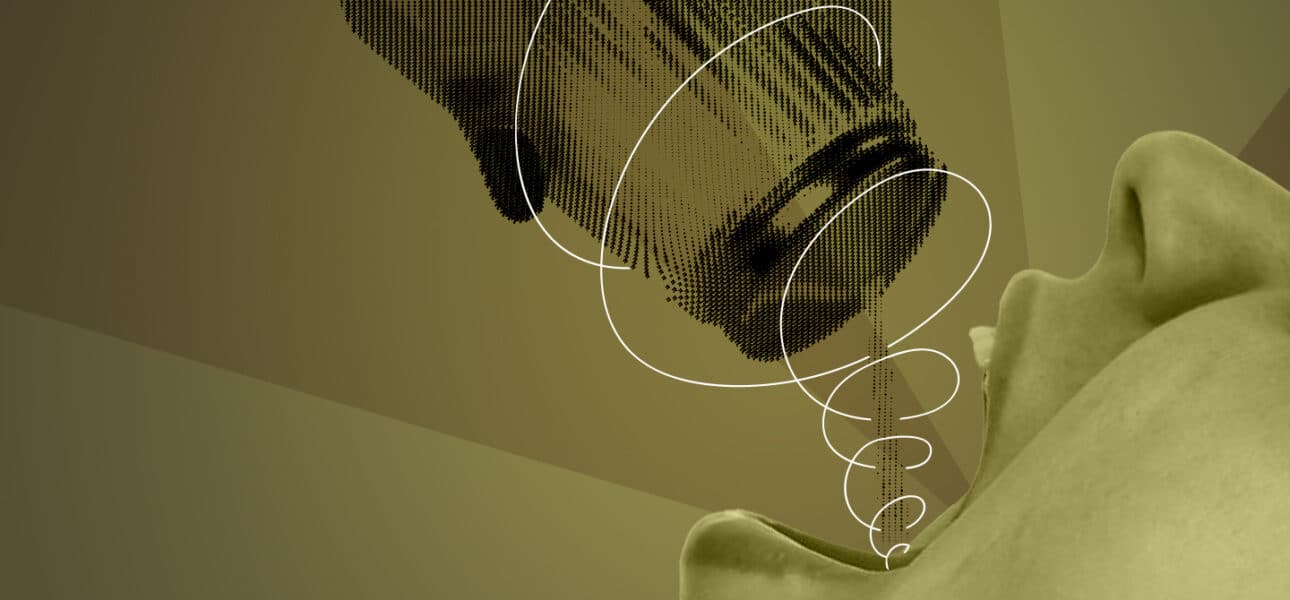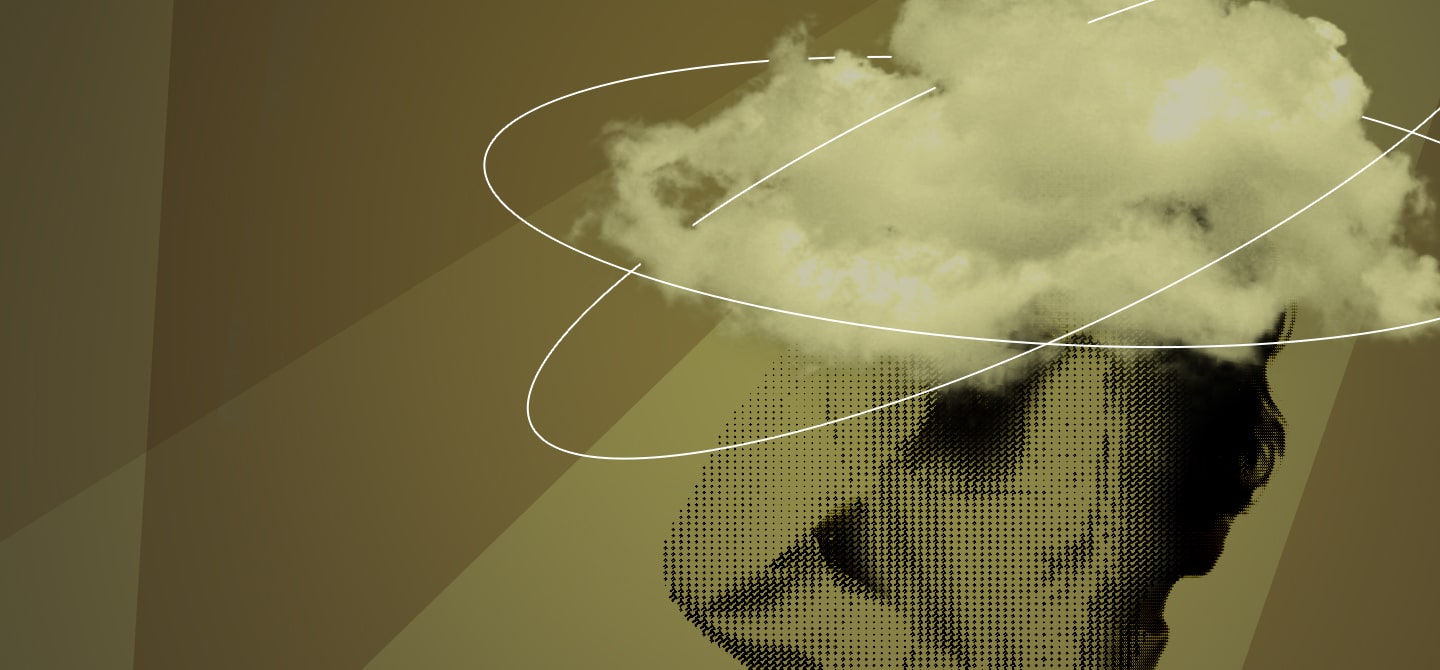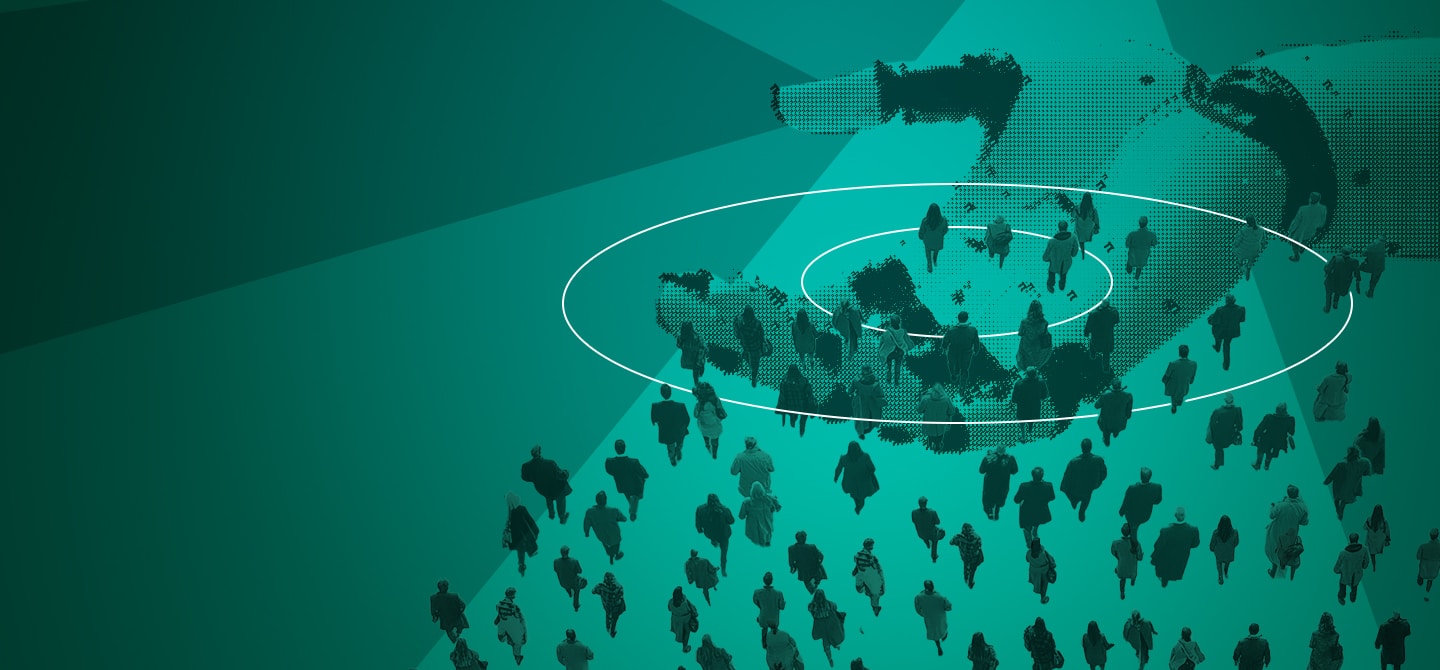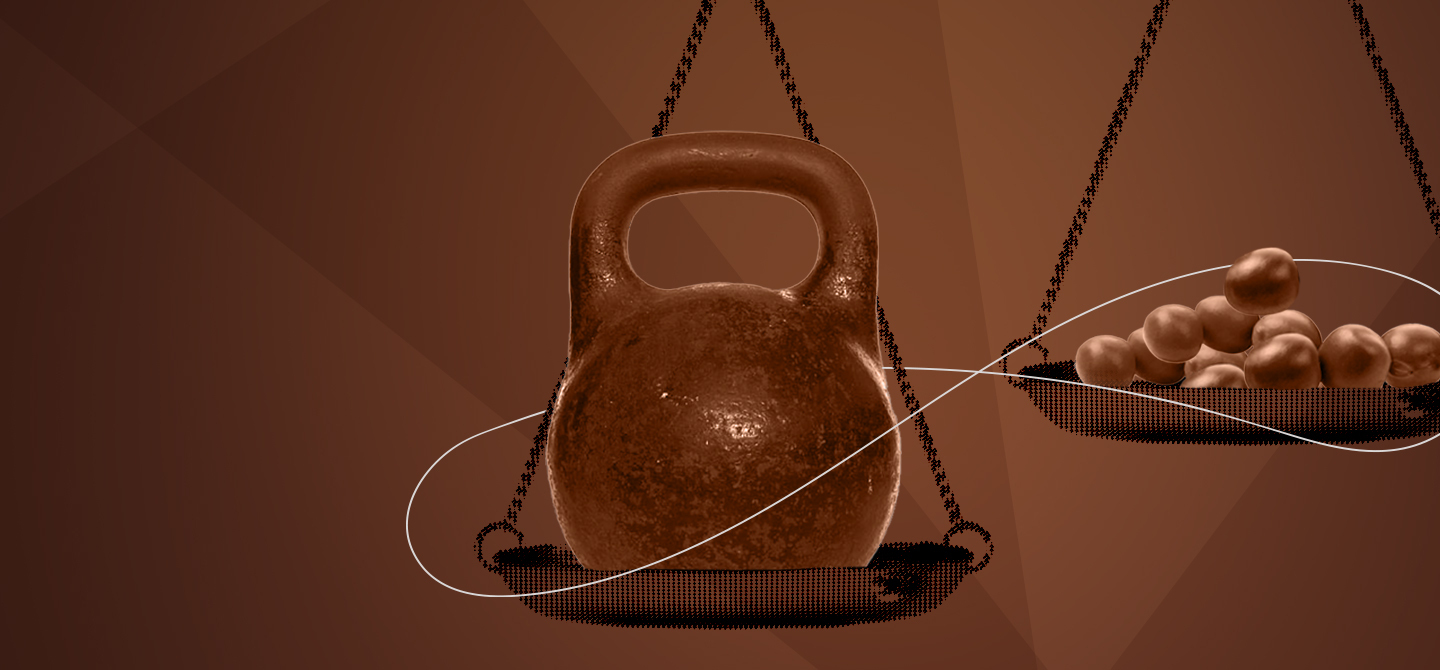For a long time, the brain was thought of as being the realm of glucose. This sugar molecule played the leading role as the main energy currency, fuelling neurons and activating our reward system. It was accepted that triglycerides, large lipid molecules, did not cross the blood-brain barrier. This biological barrier around the brain was thought to be impermeable to the fats in our food that circulate in the blood. In a study published in 20201, Chloé Berland, Giuseppe Gangarossa, Serge Luquet and their team debunk this theory and add an extra surprise: lipids may also play a role in the reward system.
Lipids and dopamine neurons
“For a long time, it was believed that triglycerides did not enter the brain. In reality, they do, and they even act on dopaminergic neurons,” explains Giuseppe Gangarossa, neurobiology lecturer and researcher at Université Paris Cité. These neurons, which use dopamine as a neuromodulator, play a central role in regulating behaviours, particularly those related to food. The direct involvement of triglycerides therefore provides new insights into certain imbalances observed in eating behaviour.
One of the first findings to emerge from the study relates to lipoprotein lipase (LPL), an enzyme responsible for breaking down triglycerides so that fatty acids can be stored in cells. This enzyme is found in neurons that send or receive dopamine. “LPL breaks triglycerides down into smaller pieces that can act as messengers in the brain,” says Giuseppe Gangarossa. LPL has joined the ranks of brain messengers such as dopamine, serotonin and glutamate.
Go, no-go
Another finding of this study is the role these lipids play in how the brain manages food. Let’s take a look at how dopamine – a neuromodulator – works. It acts in the brain via several types of receptors, including those of the D1 and D2 families. D1 receptors are associated with activation mechanisms, while D2 receptors are more closely linked to inhibition.
“These two voices represent the “go” and “no-go” responses to food,” summarises Giuseppe Gangarossa. However, according to the researcher, triglycerides may specifically modulate the activity of D2 neurons by disrupting their activation. “Lipids inhibit the “stop” – or “no go” – signal. It is thought that in overweight people, D2 neurons become resistant to the lipid message when it is present in excess and no longer listen to the stop signal.” A neural pathway that has become deaf to its messenger.
Brain-body communication
But it is difficult to focus on the role of lipids in regulating the reward circuit and food intake without taking a step back. “The brain is constantly communicating with the rest of the body, particularly the gut. It is not an isolated organ; everything is connected,” explains Giuseppe Gangarossa. Here, we are particularly interested in interoception, i.e. the ability to perceive internal signals (hunger, satiety, emotional state, etc.), and two-way communication between the brain and the periphery.
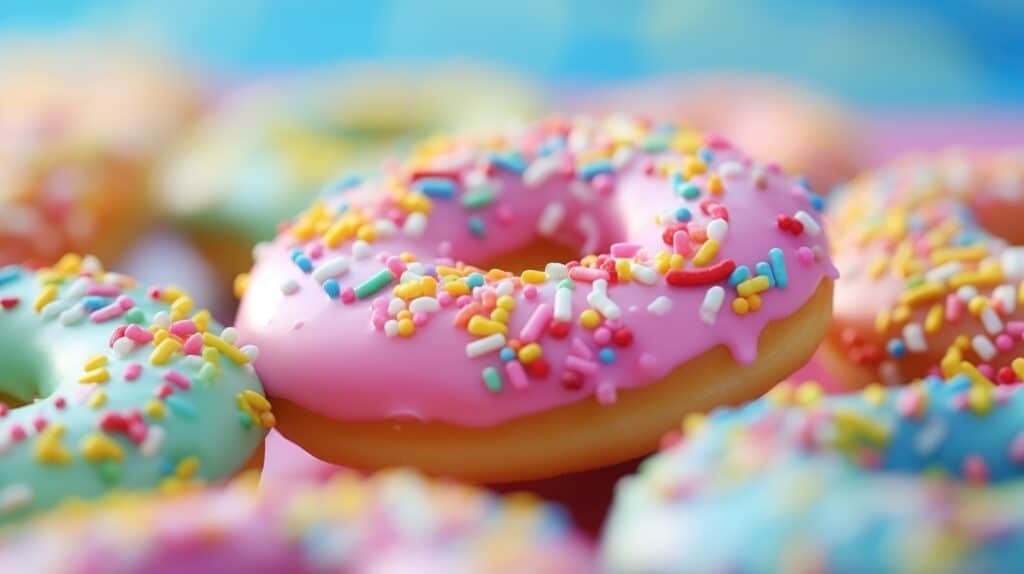
To stay in touch with the rest of the body, our central nervous system uses, for example… lipids, again! These endogenous lipids – which do not come from food but are synthesised by our organs – are endocannabinoids, capable of linking the peripheral system. This regulatory system is notably involved in pregnancy, pain perception, mood, memory, appetite and the pharmacological effects of cannabis.
The gut-brain axis
In 2022, Chloé Berland, Giuseppe Gangarossa and the team at Université Paris Cité published a study23 linking these endogenous lipids to extreme eating behaviours. The experiment went as follows4: laboratory mice were given food that was very high in fat and sugar for one hour each day, in addition to their usual diet. This short-lived treat, which allowed researchers to study food intake linked solely to pleasure, became the rodents’ favourite food, and they gradually developed a compulsive eating disorder: binge eating, which involves consuming excessive amounts of food in a very short period of time. Beyond the simple release of dopamine in the brain, the study shows that this behaviour may be linked to the release of endocannabinoids.
“Binge eating involves a disruption in the synthesis of endogenous lipids, the famous endocannabinoids. As a result, these peripheral messengers are no longer synthesised correctly and their quantity increases, which has the effect of inhibiting the vagus nerve,” explains the neuroscientist. However, this vagal axis is directly linked to the feeling of satiety.
Without this activation, mice feel less full and continue to eat compulsively. One of the therapeutic approaches to these extreme behaviours would therefore be to target the endocannabinoid receptors to disable them, slowing down the reward system and triggering satiety. Lipids – like sugars – therefore also appear to play a decisive role in disrupting our reward circuit and our food management. This raises the question: could eating too much sugar or too much fat make us addicted?
Food addiction, the final word?
The idea of “food addiction” often comes up in public debate. Some symptoms observed during sugar withdrawal, such as irritability and stress, are sometimes linked to those associated with psychoactive substances. However, according to Giuseppe Gangarossa, the comparison with traditional drugs remains limited. “Sugar and fats are not ‘drugs’ like psychostimulants. They act throughout the body, not just in the brain. However, some mechanisms seem common between them.” Unlike addictions to psychoactive substances, which mainly focus on neural systems, the mechanisms at work here involve several organs, systems and levels of regulation. “That’s why research on food is more complex and requires a much more comprehensive, holistic approach,” he concludes.




